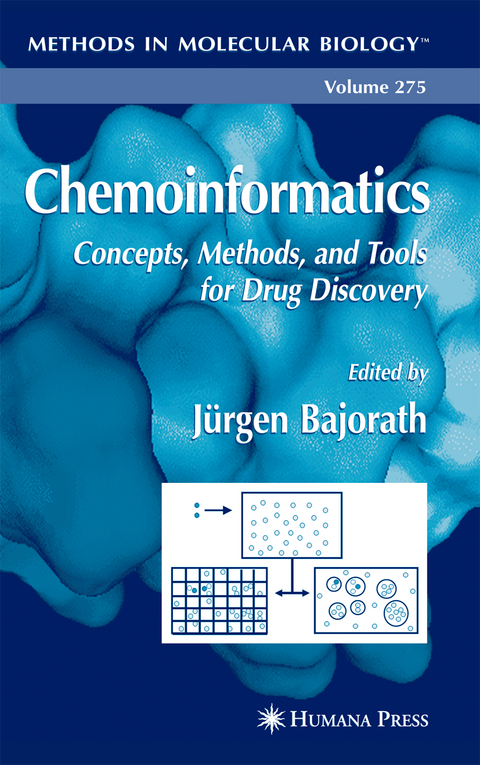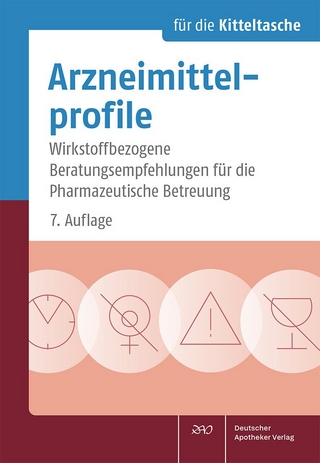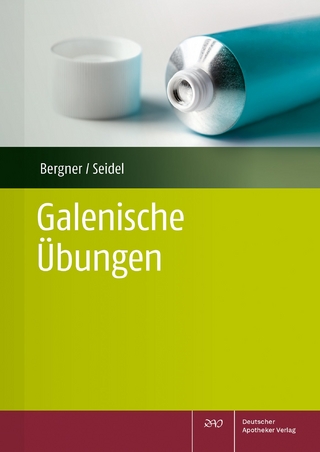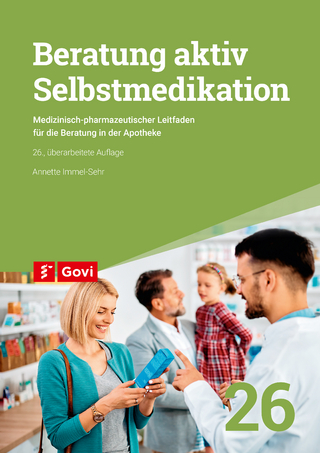
Chemoinformatics
Humana Press Inc. (Verlag)
978-1-61737-459-3 (ISBN)
Molecular Similarity Measures.- Evaluation of Molecular Similarity and Molecular Diversity Methods Using Biological Activity Data.- A Web-Based Chemoinformatics System for Drug Discovery.- Application of Chemoinformatics to High-Throughput Screening.- Strategies for the Identification and Generation of Informative Compound Sets.- Methods for Applying the Quantitative Structure-Activity Relationship Paradigm.- 3D-LogP.- Derivation and Applications of Molecular Descriptors Based on Approximate Surface Area.- Cell-Based Partitioning.- Partitioning in Binary-Transformed Chemical Descriptor Spaces.- Comparison of Methods Based on Diversity and Similarity for Molecule Selection and the Analysis of Drug Discovery Data.- Using Recursive Partitioning Analysis to Evaluate Compound Selection Methods.- Designing Combinatorial Libraries Optimized on Multiple Objectives.- Approaches to Target Class Combinatorial Library Design.- Simulated Annealing.- Genetic Algorithms for Classification of Olfactory Stimulants.- How to Describe Chirality and Conformational Flexibility.- Novel Scoring Methods in Virtual Ligand Screening.- Prediction of Drug-Like Molecular Properties.
"...a 'how-to' guide to chemoinformatics and how to use it in drug discovery...excellent reference material and is a worthwhile addition to the library of most computational chemists and to medical chemists." - Journal of Medicinal Chemistry
| Erscheint lt. Verlag | 10.11.2010 |
|---|---|
| Reihe/Serie | Methods in Molecular Biology ; 275 |
| Zusatzinfo | XIV, 524 p. |
| Verlagsort | Totowa, NJ |
| Sprache | englisch |
| Maße | 152 x 229 mm |
| Themenwelt | Medizin / Pharmazie ► Pflege |
| Medizin / Pharmazie ► Pharmazie ► PTA / PKA | |
| ISBN-10 | 1-61737-459-8 / 1617374598 |
| ISBN-13 | 978-1-61737-459-3 / 9781617374593 |
| Zustand | Neuware |
| Informationen gemäß Produktsicherheitsverordnung (GPSR) | |
| Haben Sie eine Frage zum Produkt? |
aus dem Bereich


